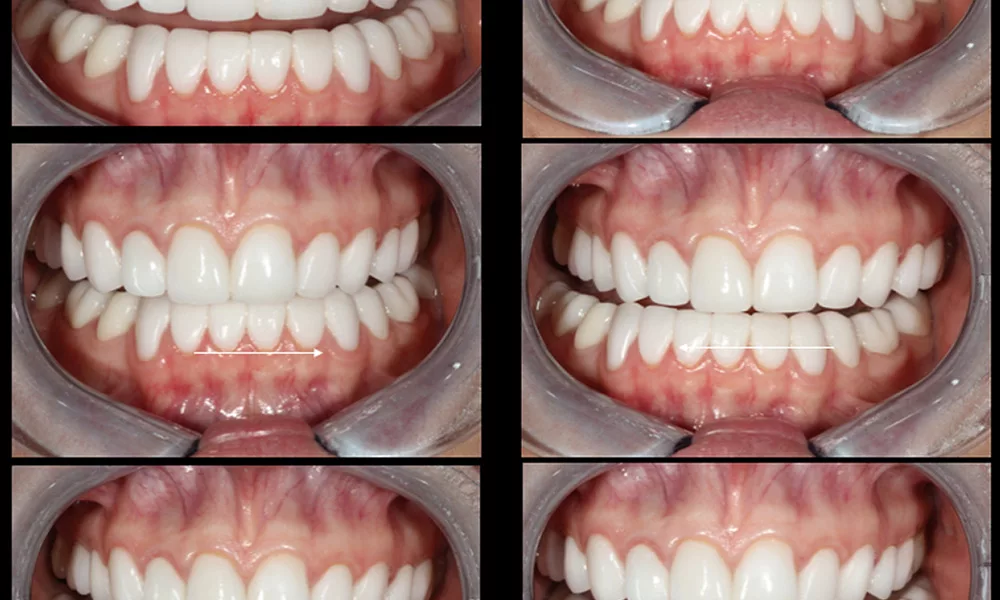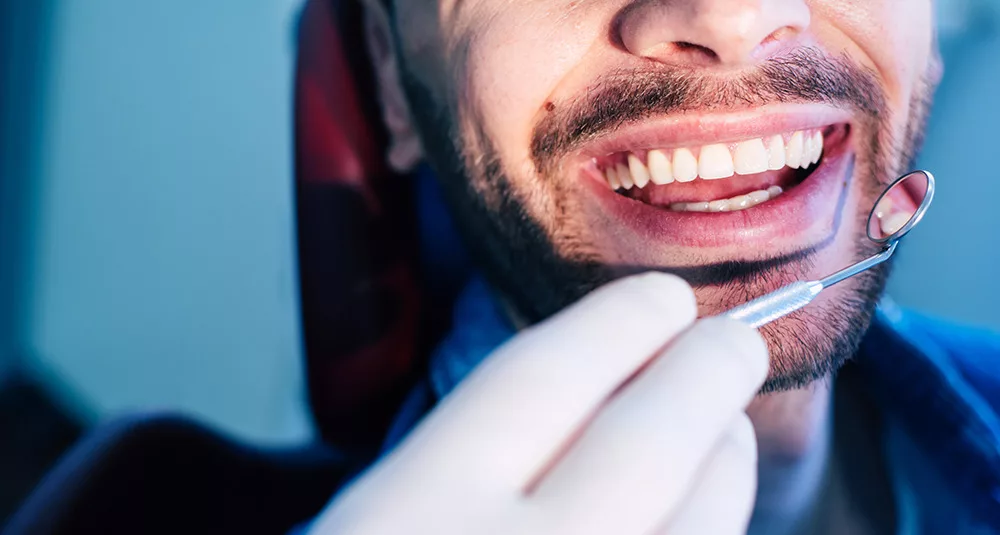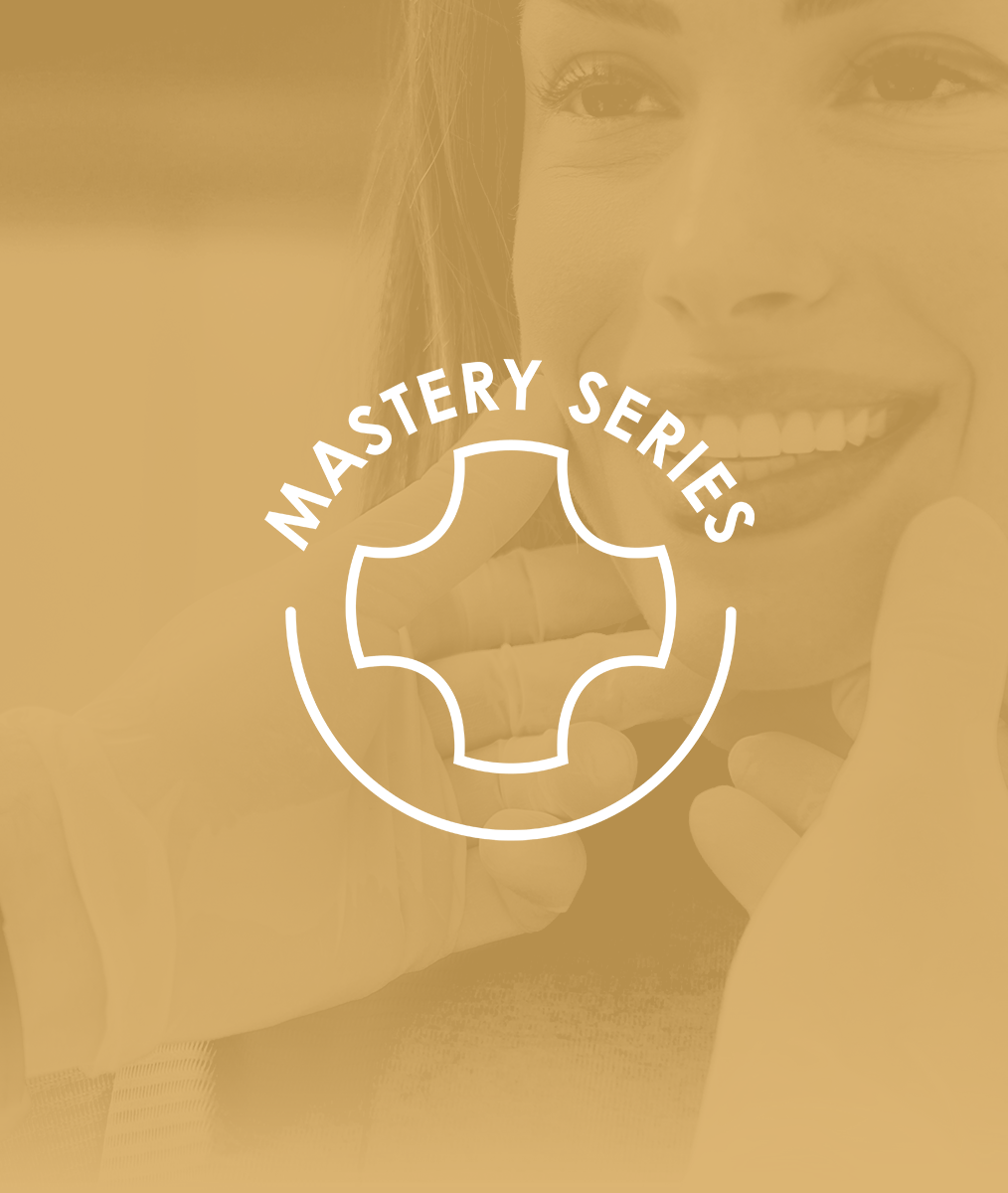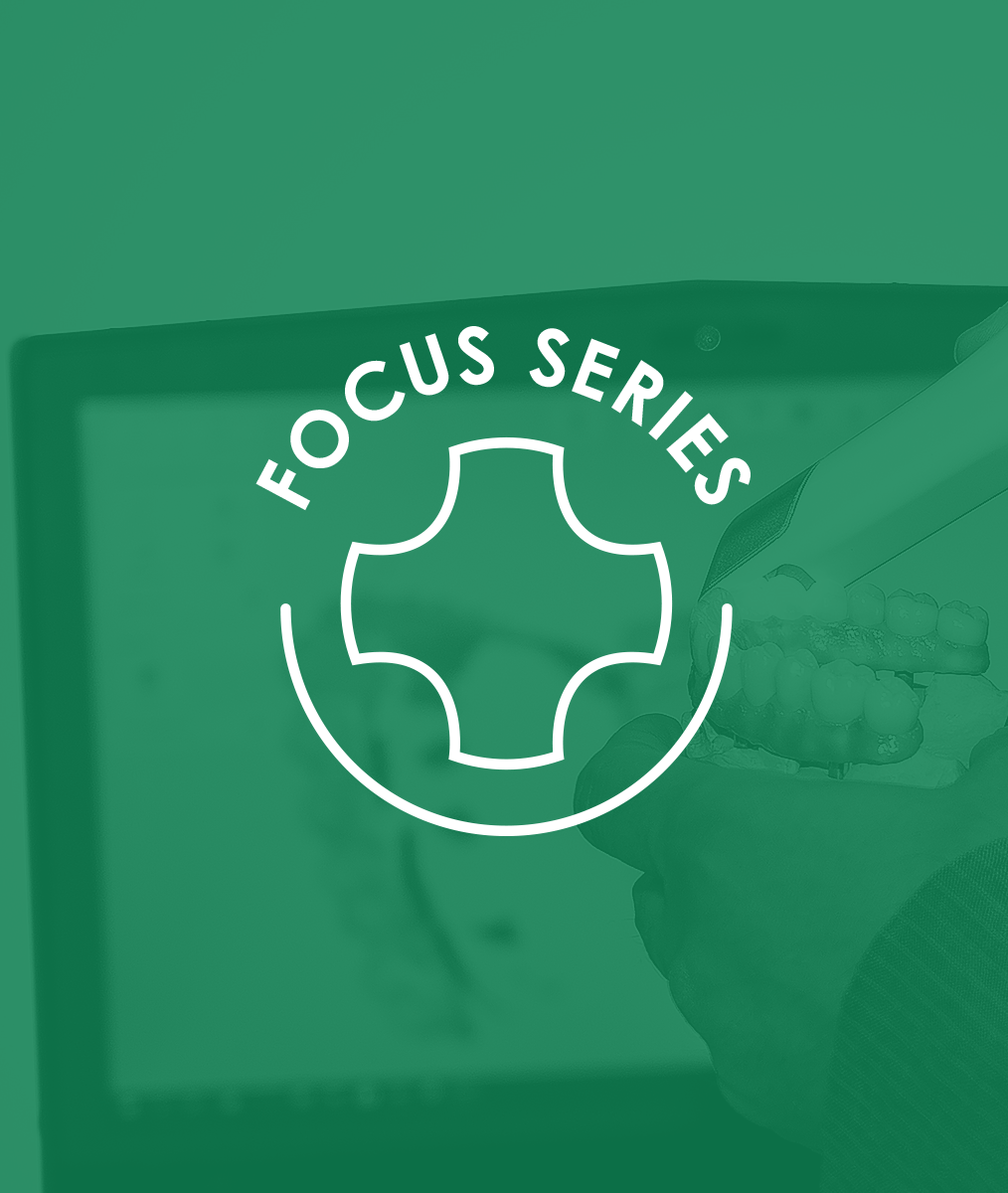Understanding Smiles Part 3
Give patients opportunities to discover what lies beneath their smile

Ewelina is part of my office team. She’s from Poland. She’s beautiful but early in our doctor-patient relationship, I realized she had a closed-smile grin. One day, I asked her if she was aware that she was guarding her smile. She wasn’t but the question made her curious. Later, she came by and said, “I realize it now.”
So, I raised another question, “Now that you notice this, what do you think about your teeth? Were you guarding them subconsciously?”
She thought momentarily and said, “I wasn’t happy with their appearance. I think I unconsciously I do guard my smile.”
So, I raised one more question, “At what point in your life did you say to yourself, I wish my teeth were more attractive?”
Her answer surprised me: “I thought about it when I got married and bleached them, and after I had kids, I thought my teeth looked more unattractive than they did years ago.”
I spoke to Laura Harkin, a dentist I admire, about this. She said that it’s common for women to become more critical of their appearance after having children. Their bodies have gone through so many changes. Ewelina seemed to guard her smile long before she had children so I wondered if there may be cultural differences between her old and new adopted home. I asked her if she became more self-conscious about her teeth after coming to the United States. She answered in the affirmative, “People’s teeth generally look better here than in Poland.”
I loved that there was a long thoughtful pause before her answer. I intentionally gave her time to think between questions. I offered to give her a smile makeover, which she readily agreed to. In doing my case workup, we found she had a two-step occlusion that needed to be corrected. When I got to my wax-up, the anterior changes were minimal and I did an equilibration on the wax-up to try out the results. This set the stage for the changes we would try out in provisional.

Provisional restorations are something I always do to test if the speech will be affected, whether the new occlusion is comfortable, and if the patient feels “good” psychologically about all the changes — not just the aesthetics.
While wearing the provisionals, she began to smile with a Duchenne smile. In photos, I could see a postural difference, too.

My ceramist did an amazing job duplicating in ceramic the provisionals that I created. When the case was completed, I asked Ewelina how she felt. She said, “Great, happy, healthier, cleaner, brighter, very happy.” Cleaner, brighter, healthier, happy – that was a huge learning moment for me! Not once did she mention her teeth, just the feelings around her treatment outcome. It began to dawn on me how much we not only change teeth, but we can change lives!
“I’m happy,” she said. “I think I smile more and I feel like they’re my natural teeth. It’s hard to explain, but I feel like these are the teeth I’ve had all along.”
“How does your bite feel?” I asked. “Were you surprised how the small adjustments made big differences?”
“Before, I felt a little muscle soreness and dull pain back here, but after a day or two of the adjustment, I felt nothing. I feel great,” she said with a big, broad smile.
I think if we spend a lot of time with our patients and develop relationships, it’s ideally like psychological therapy. We give patients opportunities to discover what lies beneath their smile, show them a vision of what could be, and lastly, help them to reach their full potential, as described in Part 1, with a beautiful, confident Duchenne smile.
We have a unique opportunity to not only restore teeth but also change lives through our efforts.

Related Course
Mastering Business Essentials
DATE: August 7 2025 @ 8:00 am - August 15 2025 @ 12:00 pmLocation: The Pankey Institute
CE HOURS: 22
Regular Tuition: $ 3295
Single Bed with Ensuite Bath: $ 345
The Blueprint for Running a Practice with Long-Term Growth Dr. Pankey’s original philosophy encouraged dental professionals to be proficient in 3 specific areas: technical mastery, behavioral excellence and business savvy….
Learn More>













